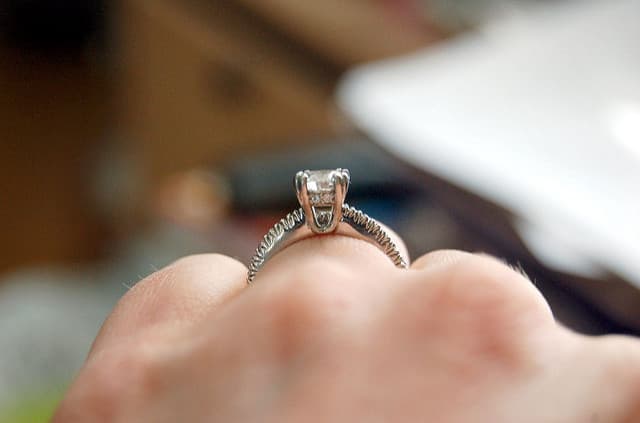Prong Setting Gems: A Beginner’s Guide
Using prongs is the most common way to secure a gem to a jewelry piece. Learn basic prong setting procedures and how to make a variety of adjustments.
12 Minute Read
The most common method for holding gems in jewelry settings is using prongs. You’ll find them on rings, earrings, bracelets, and also as plain heads you can solder into more complex pieces. In all these cases, the prong setting procedure remains basically the same. You’ll only have to make minor adjustments to how you hold the pieces while working.
For your jewelry to look good and the gems to stay secure, you must learn to set your stones correctly. This will take some practice. Start with the easiest gems to set: thin cut, but not too small, round stones like diamond and cubic zirconia. Then, try deep, “belly cut” rounds. Next, proceed to ovals and other fancy shapes. Although tiny gems are simple, they pose their own challenges simply due to their size. You can attempt these once you familiarize yourself with prong setting tools and procedures.
The prong setting process is fairly complex, due to the number of factors you must keep in mind. However, it requires just average eye-hand coordination and a healthy desire to learn.
Required Tools for Prong Setting Gems
- Magnification, such as a head or glasses loupe, that leaves
…
Donald Clark, CSM IMG
Related Articles
Jewelry Nomenclature: Gem Rings
Make a Bracelet
Protective Gem Settings for Rings
Choosing the Right Jewelry Settings for Your Gems
Never Stop Learning
When you join the IGS community, you get trusted diamond & gemstone information when you need it.
Get Gemology Insights
Get started with the International Gem Society’s free guide to gemstone identification. Join our weekly newsletter & get a free copy of the Gem ID Checklist!
